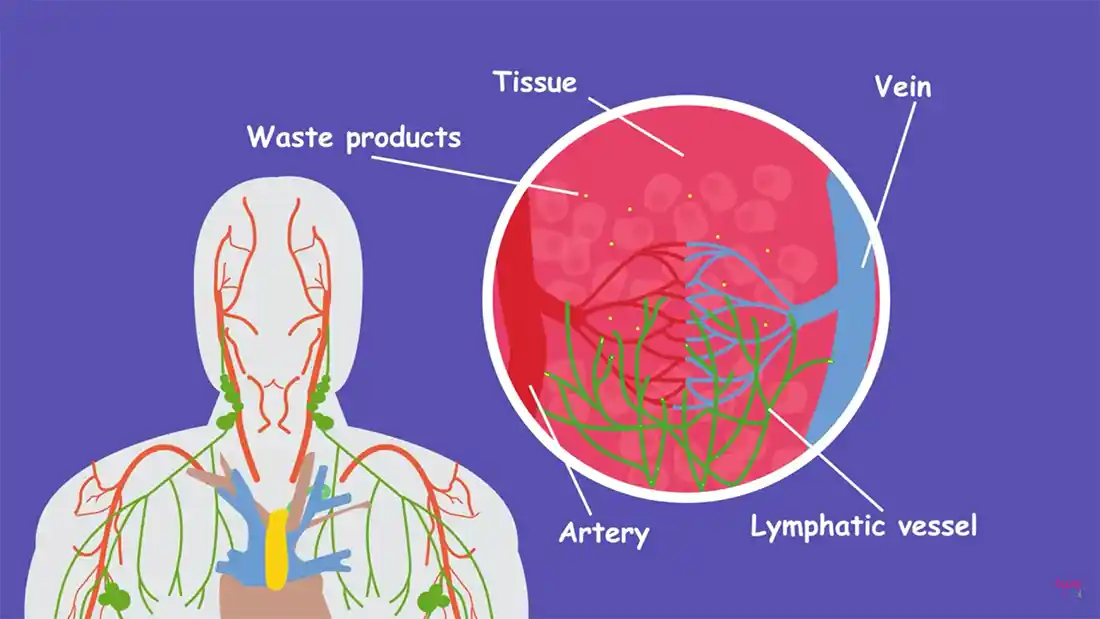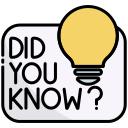

Lymphatic system, lymph, nodes, vessels, ducts, spleen, thymus, tonsils, adenoid, bone marrow, peyer's patch, appendix, water, fluid, capillaries.
Lymph means clear water, and so our lymphatic system is a system that carries clear water around our body. A whole series of lymph nodes and vessels help clean and return fluid to the heart, as well as helping large molecules enter the blood, such as hormones or fats (lipids). It also helps with immune surveillance, and is part of the immune system (indirectly).
There are several parts to this system, including:
The following still is from a video on the lymphatic system, with the following details:
Please click on the image to view the video.


Our lymphatic system can remove up to 20 litres a day from places that require it, such as at the end of capillaries. If you ever feel bloated, this could be the result of a build up of liquid in that area, and your body will react to it by removing it via this system.
The lymph is a fluid that drains from cells and tissues. It is the excess fluid that needs to be transported back to the right area so that it can be re-processed.
Shaped like beans, the nodes monitor and cleanse the lymph as it filters through them. They also take out damaged, old or even cancerous cells. They also produce lymphocytes that attack and destroy bacteria and other harmful substances present in the body. There are around 600 nodes in your body.
This is a network of capillaries that go through the whole body, and they allow the transport of lymph away from tissues. They work similar to how your veins work, but in a lower pressure and with a series of valves that keep the fluid moving.
Two ducts that collect the filtered lymph and release it back into the bloodstream. They connect via a vein called the subclavian, which is underneath the collar bone. It acts to maintain the right pressure in the blood, and prevent buildup of fluid around a tissue.
The spleen is the largest lymphatic organ and is situated under your ribs, above the stomach. It filters and stores blood. It also creates white blood cells that help to fight infection and diseases.
Located in the upper chest, it matures a specific type of white blood cell that helps fight off foreign bodies in your blood.
The adenoid is sat at the back of the throat, and traps pathogens from the food your eat and the air you breathe. The tonsils are also situated there, and help to do the same. They are the first line of defence against foreign bodies entering your internal systems.
Your bone marrow is the soft bit in between some of your bones, and they create blood cells - red ones, white one and the little platelets that help with coagulation.
There is a mucus membrane in your small intestine, and within these are small masses of lymphatic tissue that monitor and destroy bacteria in the intestines.
The appendix has a couple of functions. First, it contains lymphoid tissue that destroys bacteria before it reaches the intesine wall during absorption. Second, it is believed that it houses good bacteria and repopulates your gut with them when an infection has cleared.
If you are unable to see the board, please click here.
Disclaimer | About Me | Sitemap
Website design by SyntaxHTML.



Blue icons adapted from icons courtesy of Smashicons.com